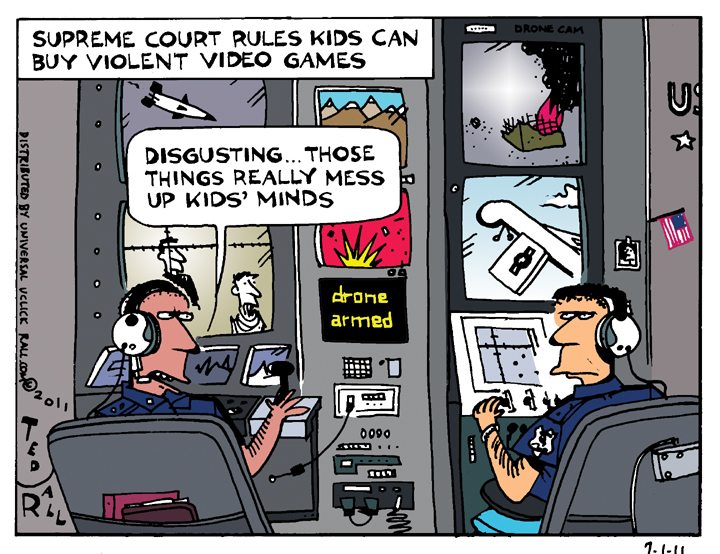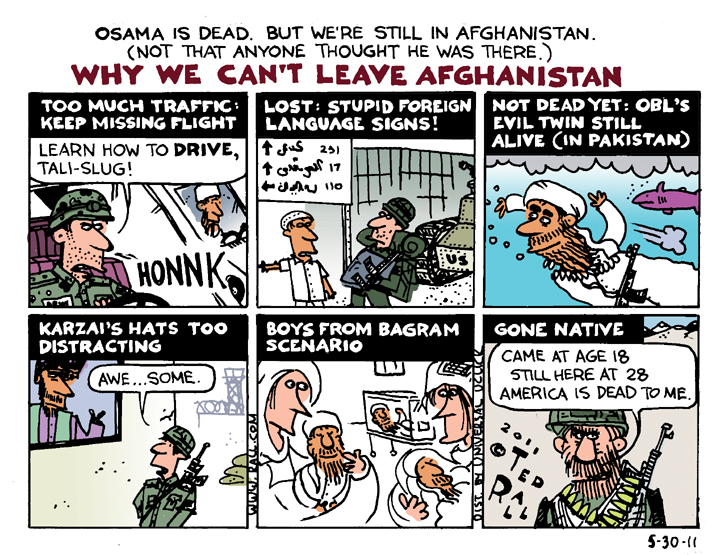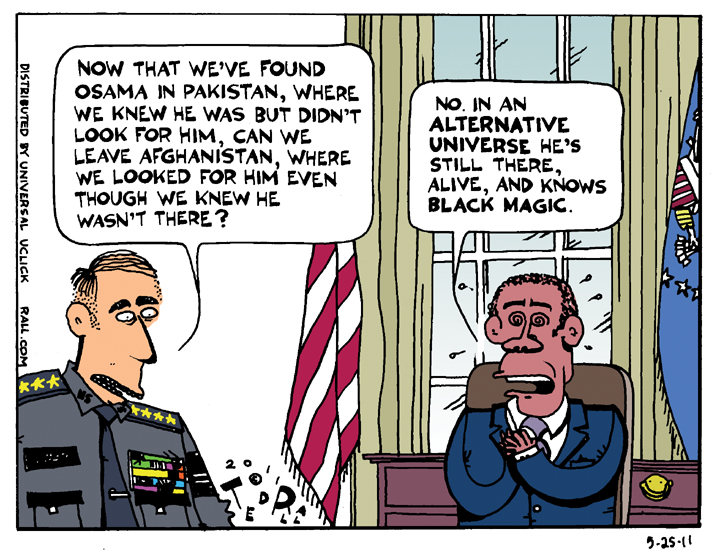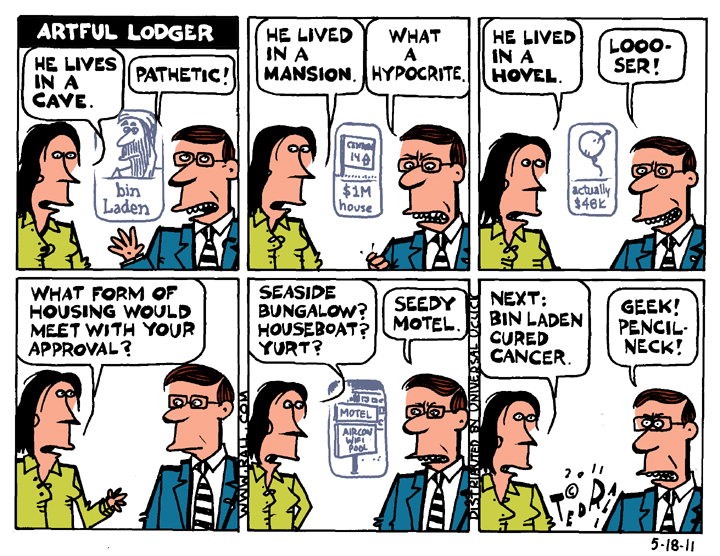The US media derides views outside of the mainstream as ‘un-serious’, and our democracy suffers as a result.
“Over the past few weeks, Washington has seemed dysfunctional,” conservative columnist David Brooks opined recently in The New York Times. “Public disgust [about the debt ceiling crisis] has risen to epic levels. Yet through all this, serious people—Barack Obama, John Boehner, the members of the Gang of Six—have soldiered on.”
Here’s some of what Peter Coy of Business Week magazine had to say about the same issue: “There is a comforting story about the debt ceiling that goes like this: Back in the 1990s, the U.S. was shrinking its national debt at a rapid pace. Serious people actually worried about dislocations from having too little government debt…”
Fox News, the Murdoch-owned house organ of America’s official right-wing, asserted: “No one seriously thinks that the U.S. will not honor its obligations, whatever happens with the current impasse on President Obama’s requested increase to the government’s $14.3 trillion borrowing limit.”
“Serious people.”
“No one seriously thinks.”
The American media deploys a deep and varied arsenal of rhetorical devices in order to marginalize opinions, people and organizations as “outside the mainstream” and therefore not worth listening to. For the most part the people and groups being declaimed belong to the political Left. To take one example, the Green Party—well-organized in all 50 states—is never quoted in newspapers or invited to send a representative to television programs that purport to present “both sides” of a political issue. (In the United States, “both sides” means the back-and-forth between center-right Democrats and rightist Republicans.)
Marginalization is the intentional decision to exclude a voice in order to prevent a “dangerous” opinion from gaining currency, to block a politician or movement from becoming more powerful, or both. In 2000 the media-backed consortium that sponsored the presidential debate between Vice President Al Gore and Texas Governor George W. Bush banned Green Party candidate Ralph Nader from participating. Security goons even threatened to arrest him when he showed up with a ticket and asked to be seated in the audience. Nader is a liberal consumer advocate who became famous in the U.S. for stridently advocating for safety regulations, particularly on automobiles.




